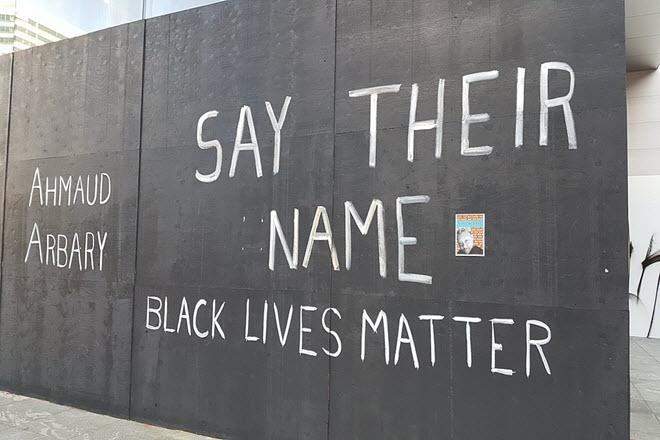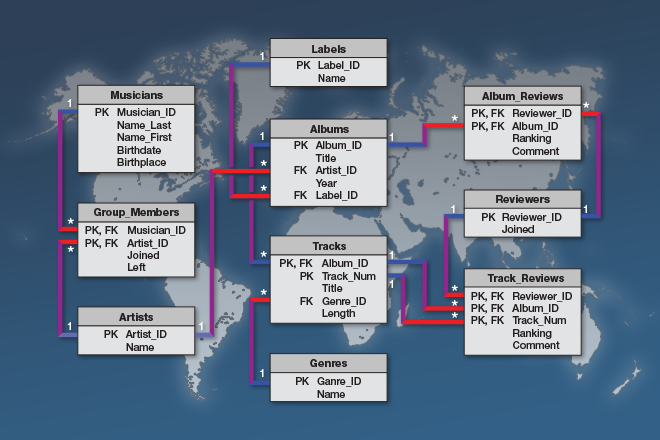Political Asylum: An Introduction from an Arts & Humanities Perspective

Credit: City of Asylum by Jutta Gsoels-Lorensen is licensed under CC BY-NC-SA 4.0
Resource Description
This module, suited for a General Education course, is conceived as a week-long introduction to the legal institution of political asylum through various forms of cultural expression, including refugee writing, documentaries, and visual art.
Psychology of Human Emotion

"Old Man Kneeling Facing Upper Left" by Salvator Rosa is public domain.
Resource Description
This textbook centers on four main emotion perspectives: basic emotion, social constructivism, cognitive appraisal, and dimensional models. It strives to provide a clear analysis of each perspective, while pointing out the contributions and limitations of each perspective. All four perspectives continue to influence each other and to advance our understanding of human emotion.
The goals in writing this textbook were to:
Reactive Transport in the Subsurface

Credit: Waterfall 192984 by FrankWinkler is licensed under CC0
Resource Description
This course teaches principles of flow, transport, and reaction processes in the natural subsurface.Reading Black Lives Matter

Credit: Portland, Oregon during George Floyd protests, 2020 by Another Believer is licensed under CC BY-SA 4.0
Resource Description
This module, intended for use in introductory humanities courses, will be an interdisciplinary, comparative analysis of the Black Lives Matter (BLM) movement. Students will compare/contrast popular narratives about BLM with stated goals of movement participants. They will also consider the place of BLM in larger historical narratives. Students will be encouraged to move beyond initial assumptions, and instead ask the questions that humanist scholars ask of such texts and events. In the process, students will:
- gain a more scholarly understanding of the goals, methods, organizational and social philosophy, complexity, and identity of BLM;
- understand the place of BLM alongside other civil rights movements in the post-Civil War era; and
- better understand the complex relationship between social movements and public opinion.
Roger Casement, the International Rubber Trade, and Human Rights (1901-1916)

Credit: Sir Roger David Casement
(1864-1916), Public domain,
via Wikimedia Commons
Resource Description
Suitable for introductory or survey courses in the humanities, this module focuses on the last fifteen years of the life of the diplomat and human rights advocate Roger Casement (1864-1916), which included his investigation of abusive practices on the rubber plantations of the Congo Free State and in the Putumayo District of the Amazon, as well as involvement with the Irish independence struggle. Because of the connection to the international rubber trade, the final years of Casement’s life illuminate the connections between colonialism, extraction, labor exploitation, and questions of human rights. The public revelation of Casement’s homosexuality in his conviction for treason by the British enables conversation about the history of gay rights in relation to these topics.
South Asian Modernity and Global Modernism

Credit: Village Music, 1926-27 by Abanindranath Tagore is Public Domain
Resource Description
South Asian Modernity and Global Modernism is designed to serve as a learning module to address how South Asians may have understood the concept of modernity during and after the British raj. This is indeed a very broad topic, and the module readings address it in a selective manner, starting with a brief history of the word “modern” in European discourse of the eighteenth century and then addressing writings of selected South Asian thinkers as they adapted many of the characteristics of modernity in their own writings.
The contents of this module can be taught in a week of class time.
Spatial Data Analytics for Transportation

Credit: pxhere photo is licensed under CC0
Resource Description
Do you know how important GIS is to the transportation industry? The spatial applications to this field are so extensive that they represent an entire sub-discipline within the GIS community. In this course, we'll learn about the primary modes of transportation and explore some of the spatial applications developed to meet the unique needs of each. We'll also take a close look at some key organizations in the industry and learn firsthand from more than a dozen transportation professionals about the role GIS plays for them. Throughout the course, we'll study GIS concepts and techniques that are fundamental to transportation and get hands-on experience with tools such as Esri's Network Analyst and Esri's Roads and Highways. This course stopped being offered for credit and may be out of date or have broken links after September 2019.Spatial Data Science for Emergency Management

Credit: Helicopter Help First Aide by ThePixelman is licensed under CC0
Resource Description
Geospatial perspectives and technologies play a major role in planning for and responding to emergencies. Geospatial tools - from aerial mapping techniques to data acquisition, are changing rapidly as is emergency management as the frequency and magnitude of crises and disasters are increasing. This course provides an understanding of how geospatial perspectives and technologies support all stages of emergency management activities, from small scale emergency management efforts to large scale disaster/humanitarian efforts. This includes learning about commonly used and emerging geospatial tools. It also includes an exploration of advancements in data collection, processing and analysis capabilities, such as unmanned aerial systems, geospatial artificial intelligence, volunteered geographic information, social media, and many more.Spatial Database Management

Credit: © Penn State University is licensed under CC BY-NC-SA 4.0
Resource Description
A spatial database is the backbone of a successful organization or website that depends upon maintaining and using data pertinent to locations on Earth. In GEOG 868, Spatial Database Management, capabilities specific to Relational Database Management Systems (RDBMS) and Geographic Information Systems (GIS) are combined to teach students to create, maintain, and query spatial databases in both desktop and enterprise environments. Learn the basics of Standard Query Language (SQL) and database design/normalization, the specifics of managing spatial data in an open-source technologies context (Postgres/PostGIS) and in the context of the Esri geodatabase. Along the way, you will become familiar with spatial functions and versioning, the latter in a server environment hosted by Amazon Web Services.Sugar and Servitude: The Taste of Color

Credit: Kara Walker's "A Subtlety" by metacynic is licensed under CC BY 2.0
Resource Description
This module provides resources for teaching about the artistic practice of Kara E. Walker and its interrogation of whiteness and race. Materials also support teaching an overview of the history of the production, consumption, and meanings of sugar, particularly as that history has contributed to the Transatlantic slave trade and continues to depend upon coercive labor practices in the U.S. and globally. Included is a list of artworks produced by Walker that touch specifically on sugar and links to videos of the artist describing aspects of her practice; academic and literary texts that can inform students’ ability to read Walker’s complex visual texts; discussion questions and classroom activities to further their engagement with the material; and ideas for culminating projects.
